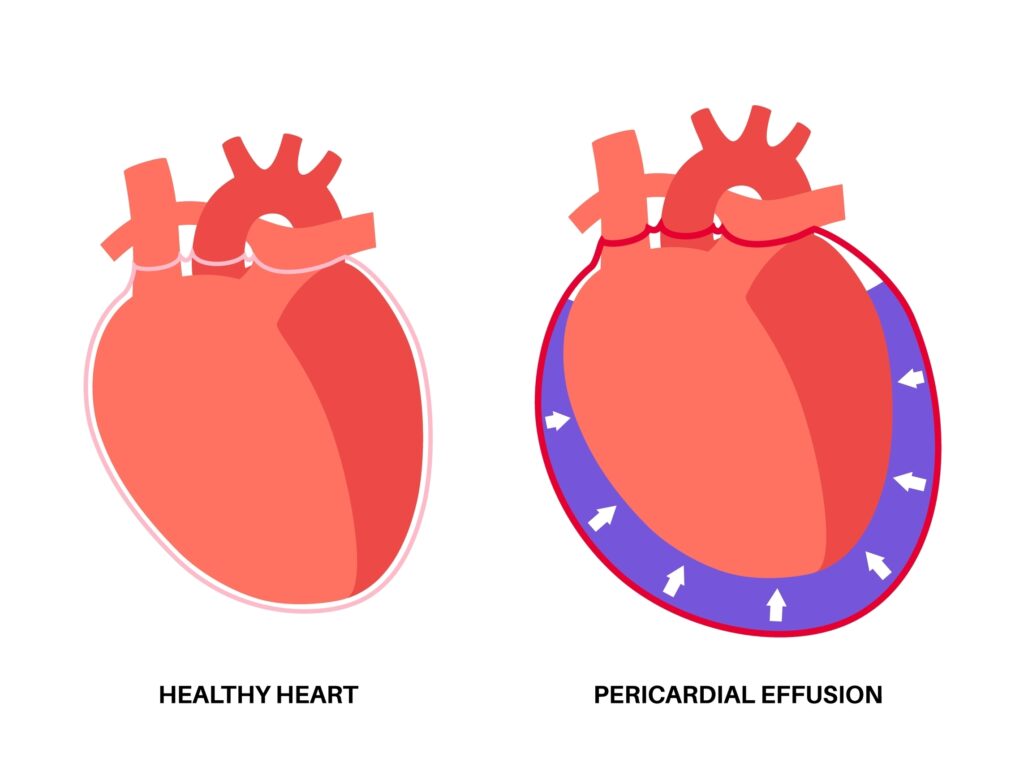Arq. Bras. Cardiol. 2024; 121(1): e20230762
Scores for Diagnosing the Malignant Etiology of Pericardial Effusion: A Valuable Initial Aid in the Investigation
This Short Editorial is referred by the Research article "Screening Tests Predicting Cancer Metastasis in the Etiology of Pericardial Effusion: HALP Score and PNI".
Pericardial diseases are prevalent in cancer (CA) patients. The presence of pericardial effusion (PE) in these patients certainly worsens the prognosis. The possibility of cardiac tamponade increases the risk of death.
The article ‘Screening Tests Predicting Cancer Metastasis in the Etiology of Pericardial Effusion: HALP Score and PNI’ published in ABC, brings to discussion the clinical dilemma of the neoplastic etiology of PE. The ease of access to imaging methods has made the diagnosis of PE common in patients with CA and made the etiological search tempting. It is not uncommon to come across PE with an inconclusive etiology after an exhaustive investigation. On the other hand, the fear of failing to diagnose a hidden CA is worrying. We know that PE in patients with CA can be secondary to metastatic implantation, direct invasion of the tumor, lymphatic obstruction, pericarditis caused by chemotherapy, immunotherapy, or radiotherapy, and pericarditis from infectious causes common in immunocompromised patients. Furthermore, other causes cannot be ruled out, such as kidney disease, hypothyroidism, heart failure, and autoimmune diseases, whether related to CA or not.
[…]
700

